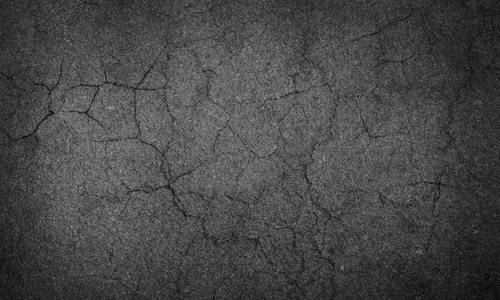Understanding the Different Types of Asphalt Damage

Asphalt is a popular paving material known for its durability and longevity. However, like any surface exposed to the elements, asphalt is susceptible to damage over time. Understanding the different types of asphalt damage can help you identify issues early on and take the necessary steps to repair and prevent further deterioration. In this blog, we will explore the common types of asphalt damage, their causes, and how to address them effectively.
1. Cracking:
One of the most common types of asphalt damage is cracking. Cracks can occur in various forms, including longitudinal cracks that run parallel to the pavement’s direction, transverse cracks that run perpendicular to the pavement’s direction, and block cracks that resemble a series of rectangles. Cracking is often caused by factors such as age, weather exposure, heavy traffic, and poor installation. Cracks can allow water to seep into the pavement, leading to further damage and deterioration. To address cracking, it is essential to fill and seal the cracks promptly to prevent water infiltration and protect the underlying layers of the pavement.
2. Potholes:
Potholes are another prevalent type of asphalt damage that can be a significant nuisance for drivers and pedestrians. Potholes are typically caused by the freeze-thaw cycle, heavy traffic, and water infiltration. When water seeps into cracks in the pavement and freezes, it expands, causing the pavement to weaken and eventually collapse under the weight of traffic. Potholes can be a safety hazard and should be repaired promptly to prevent further damage and accidents. Pothole repair involves cleaning out the damaged area, applying a suitable patching material, and compacting it to restore the pavement’s integrity.
3. Rutting:
Rutting refers to the deformation or depressions that form in the asphalt surface due to constant traffic loading. Rutting can be caused by factors such as heavy vehicles, poor drainage, and insufficient pavement thickness. Rutting can affect the smoothness and integrity of the pavement, making it prone to further damage and deterioration. To address rutting, it is important to identify and remedy the underlying causes, such as soil instability or inadequate pavement design. Measures to mitigate rutting include adding a layer of asphalt overlay, improving drainage, and reinforcing the pavement structure.
4. Fading and Oxidation:
Fading and oxidation are aesthetic types of asphalt damage that occur as the pavement ages and is exposed to sunlight, air, and environmental pollutants. Fading refers to the loss of color and vibrancy in the asphalt surface, while oxidation refers to the chemical reaction that causes the asphalt binder to harden and become brittle. Fading and oxidation can make the pavement look worn out, reduce its curb appeal, and compromise its structural integrity. To address fading and oxidation, it is important to apply a sealcoat regularly to protect the asphalt surface from UV rays, moisture, and other damaging agents.
5. Alligator Cracking:
Alligator cracking is a severe type of asphalt damage characterized by a pattern of interconnected cracks that resemble the scales of an alligator’s skin. Alligator cracking is typically caused by a combination of factors, including excessive loading, poor drainage, inadequate base support, and heavy traffic. Alligator cracking is a serious issue that can compromise the structural integrity of the pavement and require extensive repairs. To address alligator cracking, it is crucial to assess the extent of the damage, remove the affected area, and apply a suitable patching material to reinforce the pavement structure.
Summary
Understanding the different types of asphalt damage is essential for maintaining the integrity and longevity of your pavement. By identifying the common types of asphalt damage, such as cracking, potholes, rutting, fading and oxidation, and alligator cracking, you can take proactive measures to address these issues promptly and effectively. Regular maintenance, timely repairs, and proper sealcoating can help protect your asphalt surface from damage and ensure that it remains in optimal condition for years to come. Remember, early intervention is key to preventing small issues from escalating into major problems and preserving the durability and functionality of your asphalt pavement.



